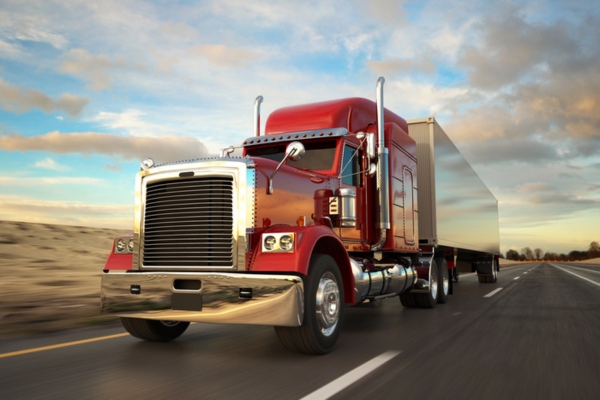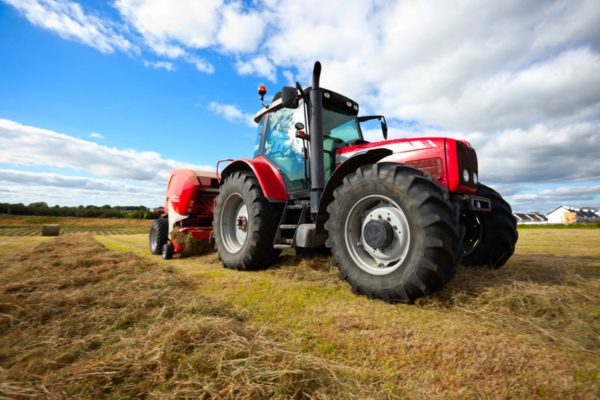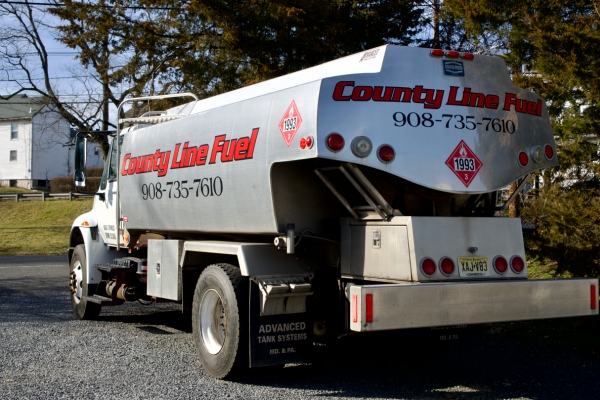Table of Contents
Diesel fuel, recognized for its versatility, is essential for powering internal combustion engines that ignite fuel through compression rather than spark. Derived from multiple sources like petroleum and renewable biomass, diesel’s diverse origins contribute to its widespread use. Regulations have been established to maintain quality and sustainability, categorizing it into on-road vs off-road diesel types.
Understanding the distinctions between these categories is critical for appropriate application and adhering to legal standards. This article from County Line Fuel will explore the nuances and commonalities of on-road versus off-road diesel.
Comparing On-Road and Off-Road Diesel: Key Distinctions
Continue reading to uncover the specific variations between these two diesel types.
Understanding On-Road Diesel

As suggested by its name, on-road diesel is designed for vehicles on public roads. Primarily used in the transportation sector, this type of diesel is the clear fuel commonly found at fuel stations across the country. Often referred to as green diesel, this label is not due to any coloring agent but emphasizes the fuel’s environmentally friendly attributes.
Drivers can gauge the age and condition of fuel based on its appearance. A vibrant, clear liquid signifies fresh, well-maintained on-road diesel, ensuring optimal performance. Conversely, older diesel may lead to reduced efficiency and other complications. Choosing suppliers known for their consistent delivery of high-quality diesel is essential.
Exploring Off-Road Diesel

Off-road diesel is designated for use in agricultural and industrial settings, such as powering machinery on farms, factories, and construction sites. This type of diesel is essential for both stationary engines that boost productivity and vehicles that operate exclusively within these premises, avoiding any travel on public roads.
Additionally, off-road diesel is utilized in residential heating systems during the colder months. Governed by federal and state regulations, this fuel is subject to specific usage permissions and taxation rules. Refineries add red dye, specifically Solvent Red 26 and 164, which are traceable in minimal quantities to distinguish it from on-road diesel.
Ensure your tanks are always full—schedule your next fuel delivery with County Line Fuel today!
Similarities Between On-Road vs Off-Road Diesel
Despite their differences, on-road and off-road diesel share many similarities. Chemically, both fuel types are the same, allowing them to be interchangeable in any diesel engine with equivalent performance outcomes. In scenarios where supplies are low, farms and industrial facilities can temporarily use on-road diesel in place of off-road diesel. However, they typically revert to the off-road type swiftly to capitalize on cost savings.
Similarly, vehicles can technically operate using off-road diesel. Yet, this practice is generally discouraged due to legal restrictions. Motorists are advised to adhere strictly to regulations to avoid legal complications. Authorities enforce these rules stringently, levying penalties on individuals found using red-dyed diesel in applications that are not permitted.
The Differences Between Off-Road & On-Road Diesel Fuel Types
This section explores the distinct differences between off-road and on-road diesel fuel types.
Taxation

A primary distinction between these diesel types is their tax treatment. On-road diesel incurs higher taxes, with the generated revenue earmarked for highway and infrastructure maintenance. This approach compensates for the wear and tear public road vehicles cause, ensuring that motorists contribute directly to the upkeep and sustainability of road infrastructure.
While the federal tax on diesel remains uniform across the United States, state-level taxes can vary significantly based on local legislation. Some states calculate taxes based on the volume of fuel purchased, whereas others may tax according to the total expenditure on fuel. In contrast, off-road diesel is exempt from these taxes due to its specialized use in non-road machinery and applications.
Color Coding
Given that on-road and off-road diesel are chemically identical, differentiation by color provides a practical method for enforcement and compliance. The color coding of diesel makes it straightforward for inspectors to immediately ascertain the type of fuel in use with just a glance at the tank’s contents.
Authorities have the right to inspect vehicle fuel tanks if there’s suspicion of fuel misuse. During these checks, officers might extract a small sample or inspect the fuel filter to verify the diesel’s color. On-road diesel should appear clear, as required by regulations. Using red diesel, designated for off-road purposes, in an on-road vehicle can lead to hefty fines, potentially reaching up to $10,000. Adhering to fuel usage laws is essential to avoid such penalties and complications.
Cost Considerations

The allure of using red diesel in cars often stems from its lower cost. On-road vs off-road diesel pricing highlights that on-road diesel, subject to higher taxes, is more expensive than its off-road counterpart, with price differences reaching up to 25 cents per gallon. The potential savings from opting for the less expensive fuel are significant for individuals who frequently refuel for long-distance journeys. However, the threat of substantial fines should serve as a deterrent against such practices. Ultimately, the risk of financial penalties outweighs the potential savings.
Need fuel fast? Reach out to County Line Fuel for quick and convenient delivery right to your door!
Applications
Legally, the use of off-road diesel is restricted to specific sectors. In construction, it fuels essential heavy machinery such as cranes, loaders, rollers, compactors, earth movers, backhoes, excavators, trenchers, forklifts, and scrapers. In agriculture, it powers tractors, harvesters, irrigation pumps, and other critical farm machinery.
These tools enhance productivity and reduce labor reliance, thereby boosting farmers’ revenue. Some states permit off-road diesel use in vehicles that operate solely on private property. Conversely, on-road diesel is primarily used in cars, SUVs, and small trucks that navigate public roads regularly.
Distribution

On-road diesel is readily available to drivers, ensuring they can easily refuel at numerous stations along highways and roads. This convenience and widespread accessibility help justify the higher price of on-road diesel. Long-haul truckers with a valid tax certificate can obtain tax-exempt green diesel at designated pumping stations in some states.
Typically, fuel companies such as Tevis Energy distribute off-road diesel in bulk. Farms and other enterprises often arrange deliveries directly to their locations, where they usually have storage tanks for easy access. While several rural fuel stations might stock off-road diesel, these are relatively uncommon. For a reliable and consistent supply, it is advisable to coordinate purchases through a well-established fuel distributor.
Conclusion
Diesel’s efficiency and cost-effectiveness make it an ideal fuel for many uses. To facilitate tax collection and ensure proper use, governments have categorized diesel into two types: on-road vs off-road diesel. On-road diesel, necessary for public road vehicles, is more expensive and widely available at fuel stations.
Conversely, off-road diesel, used mainly in agriculture and construction, is less costly and often purchased in bulk. Both types are chemically identical, prompting refineries to add a red dye to off-road diesel as a clear identifier. This distinction allows for better regulation and prevention of misuse. Contacting a reputable local fuel provider is recommended for those needing to replenish their off-road diesel supplies.
Keep your operations running smoothly—order your fuel from County Line Fuel for dependable delivery.
Contact County Line Fuel for Swift and Cost-Effective Fuel Deliveries

For rapid and economical fuel deliveries in Clinton, NJ, and the surrounding areas, call County Line Fuel. Our commitment to reliability and competitive pricing guarantees your comfort throughout the colder months.
Our team is focused on ensuring timely deliveries, so you can rest easy knowing you won’t run out of fuel when it’s most crucial. To learn more about our oil delivery services or arrange your next delivery, visit the County Line Fuel’s website today.
You can click here to contact us now or call us at (908) 735-7610 to find out more! Click the link to view our service area.
Related Articles:
